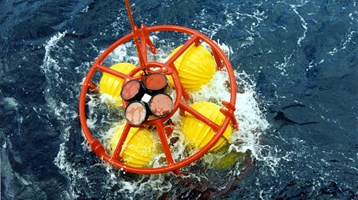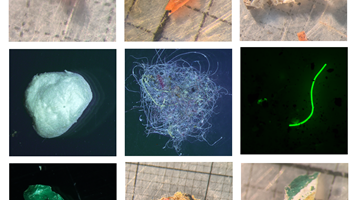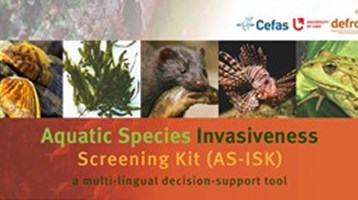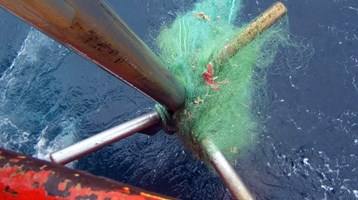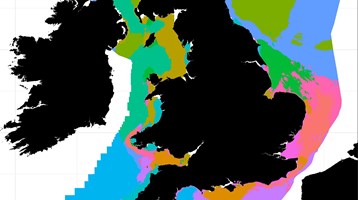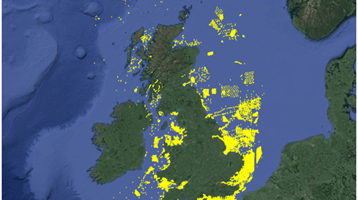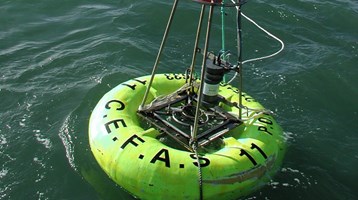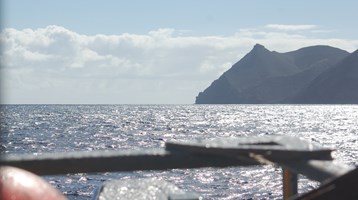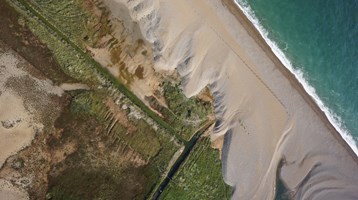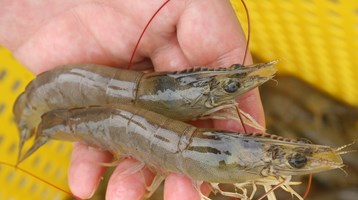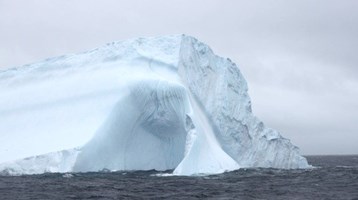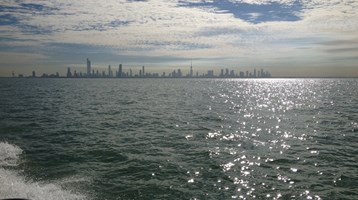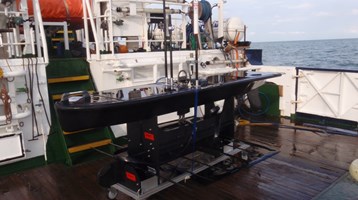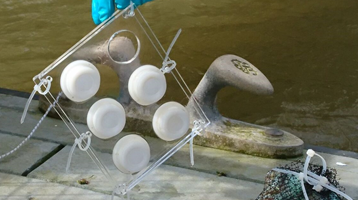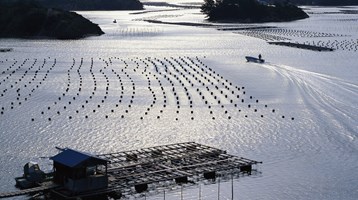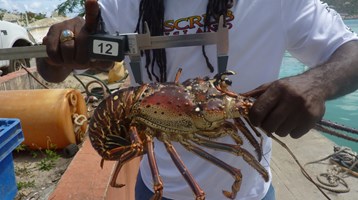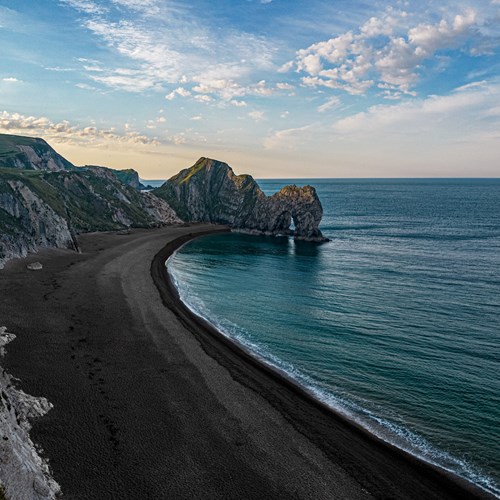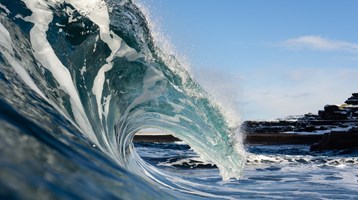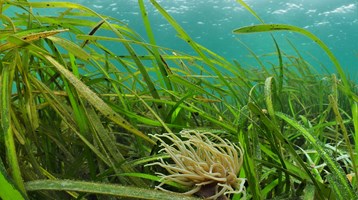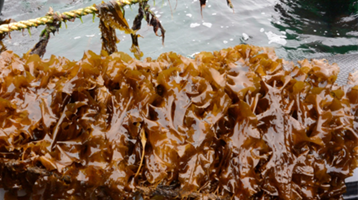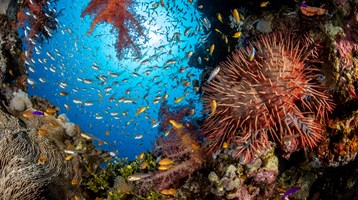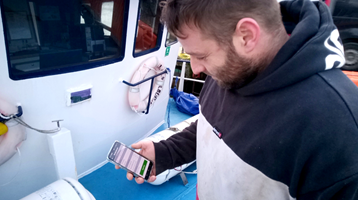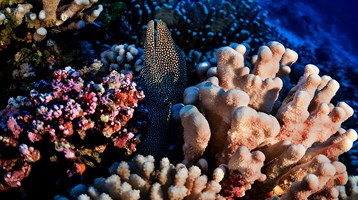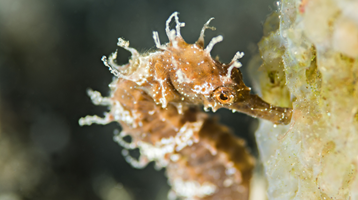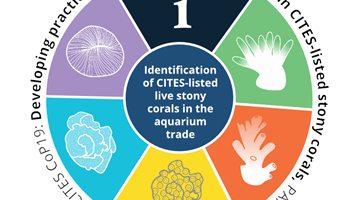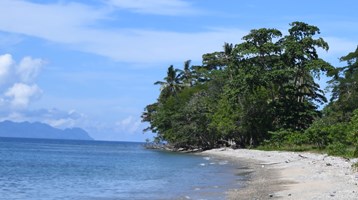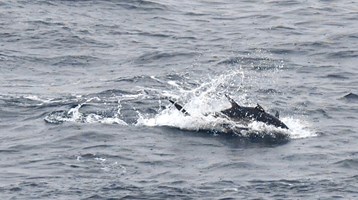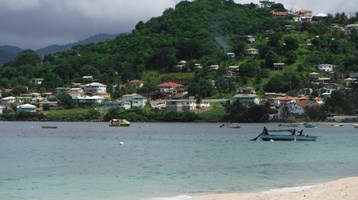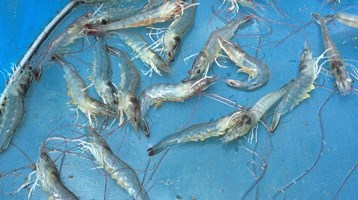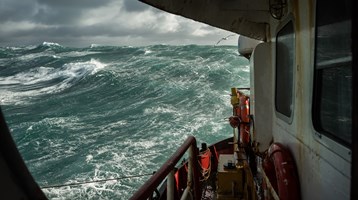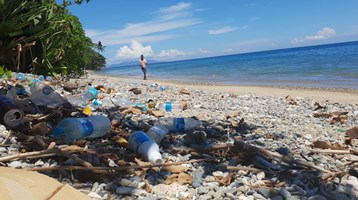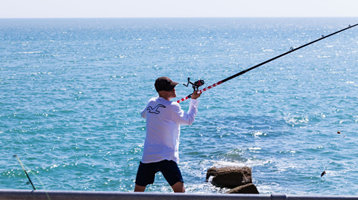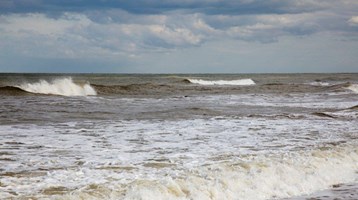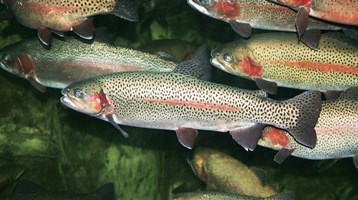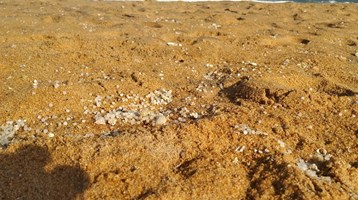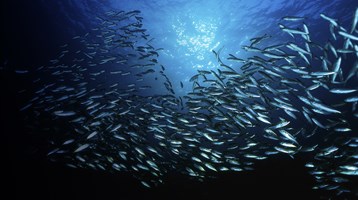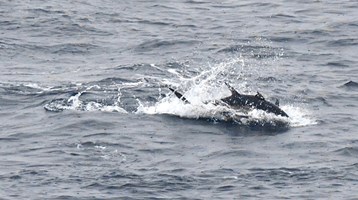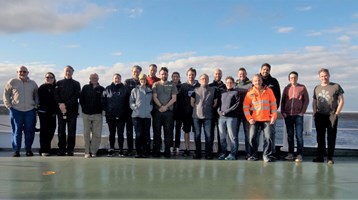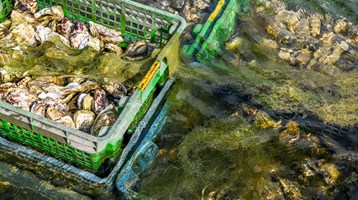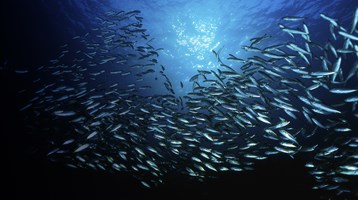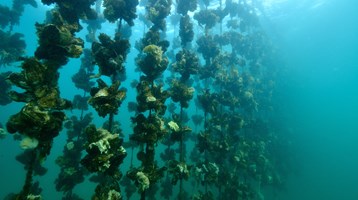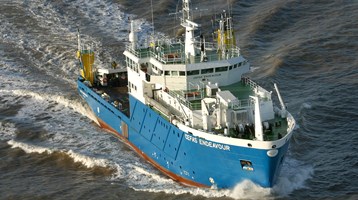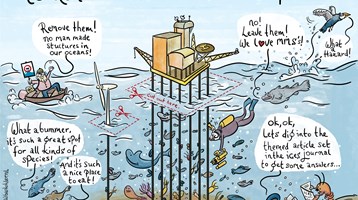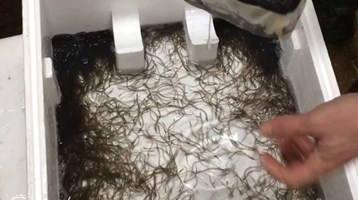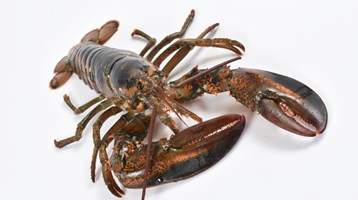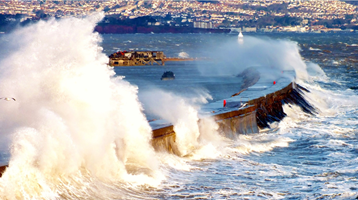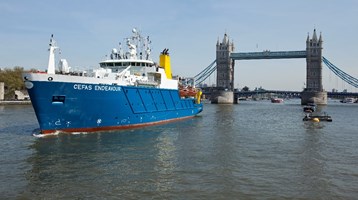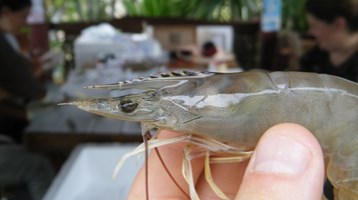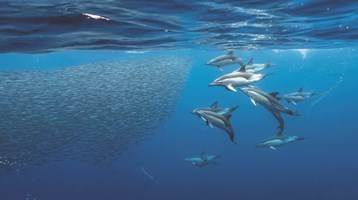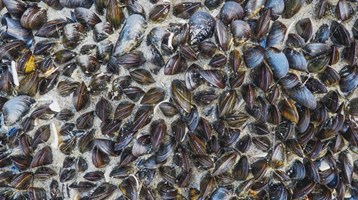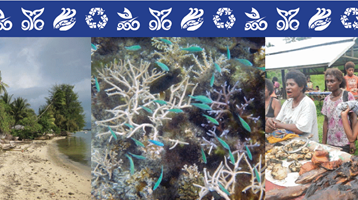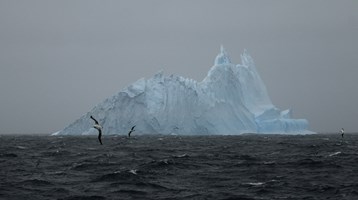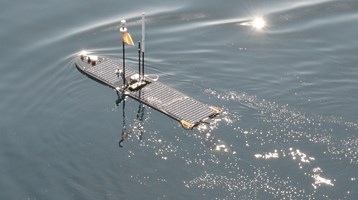Marine and citizen scientists take to the seas to help secure a future for Atlantic bluefin tuna in UK waters
15 November 2018
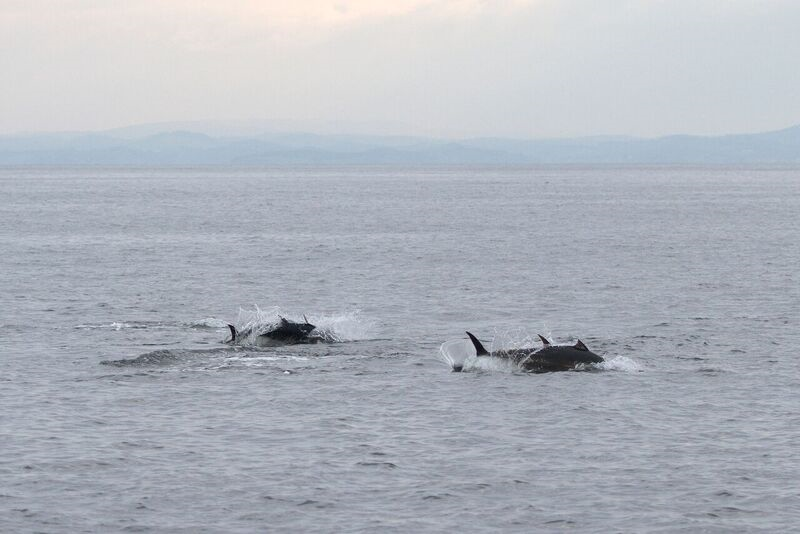
A bluefin tuna tagging programme has been launched by the Centre for Environment, Fisheries and Aquaculture Science (Cefas) and the University of Exeter to find out more about the migration patterns of these enigmatic predators.
2018 represents the first year when Cefas and the University of Exeter have run a sightings programme, asking members of the public to send in their records of Atlantic bluefin tuna. 2017 was a remarkable year for Atlantic bluefin tuna sightings and 2018 has been even more impressive.
Hannah and Duncan Jones of Marine Discovery Penzance, a local wildlife tour operator, said:
"We've already seen bluefin tuna on 45 occasions this year and our season isn’t over yet. Most of those instances have been large shoals with a mix in the size of fish, but recently most fish seen at the surface have been large. We have certainly seen more this year than ever, which has been the case every year now since 2015!"
This year, records have been sent in from the Scilly Isles, Scotland, Wales, England and even the Channel Islands and regularly detailing sightings of shoals of Atlantic bluefin tuna, hundreds of fish strong. During the beginning of the electronic tagging programme, observers have witnessed over 100 separate Atlantic bluefin tuna feeding events. Whilst seeing these predators back in waters of the British Isles is incredibly exciting, it’s clearer now more than ever how little is known about the local ecology of these animals.
Cefas and the University of Exeter are conducting a two-year scientific study, supported by the Department for Food, Environment and Rural Affairs (Defra) and the European Maritime and Fisheries Fund, to deploy state of the art animal tracking devices to find out where Atlantic bluefin tuna in UK waters go. Scientists will work with stakeholders including commercial fishers, recreational anglers, wildlife watchers, and NGOs, to share knowledge, and to deploy around 40 state-of-the-art satellite tracking devices. Tagging started in October, and the programme has been designed with the input and help of fishers.
The work will help scientists to understand:
- where and when Atlantic bluefin tuna are found in British waters;
- long-distance migrations, and where Atlantic bluefin tuna go when they are not in UK coastal waters;
- where Atlantic bluefin tuna found in UK waters go to breed; and
- interactions between Atlantic bluefin tuna and both commercial and recreational fisheries.
The information will improve knowledge on Atlantic bluefin tuna, ultimately aiding in the conservation of these remarkable animals into the future.
Following a summer in which sightings of bluefin were once again common, Dr David Righton, lead scientist on the project for Cefas said:
“This exciting collaboration will enable us to gather and share knowledge of this incredible species and uncover the role they play in UK waters. Cefas has a long history of investigating the behaviours and migrations of many species of fish, and we’re looking forward to using our expertise to address some of the fundamentally important questions that need answering about bluefin tuna”.
Dr Matthew Witt, lead scientist on the project for the University of Exeter said:
“This a ground-breaking project for the UK and another important step towards the use of evidence-based approaches for conservation in our coastal seas. These are huge, exciting, top predators, yet with an uncertain future. We’ve already learned a huge amount about bluefin from talking to wildlife spotters and fishers who are out on the water every day. Our tagging programme will help build an even more detailed understanding at the level of individual fish. The next few years will be challenging, exciting, yet hugely revealing regards their movements and biology”.
Background:
Atlantic bluefin tuna are known for being amongst the biggest, fastest and most valuable fish in the sea. They were once a common sight in UK waters, ranging throughout the Celtic and North Sea. However, they largely disappeared from British waters in the 1990s, possibly due to overfishing, and are now recognised as an endangered species. In recent years they have been observed more frequently in our coastal waters, particularly during the late summer, autumn and winter as they move into coastal areas to feed on energy rich fish, such as sprats and herring, in waters off the south west of the UK.
Atlantic bluefin tuna can migrate over huge distances, moving over the entire Atlantic Ocean to North America and back again in a single year, crossing both coastal waters and the deep offshore. They are top predators of the seas and are fast, energetic and powerful fish with considerable commercial and conservation interest. However, despite historic evidence, we know little about their movements, for example how long they stay in British waters and where they go once they leave our coastal environment. Improving knowledge on the species is an important first step for securing a positive future for Atlantic bluefin tuna around the UK.
ENDS
Notes:
- Photo credit: Tom Horton
- The European Maritime and Fisheries Fund is managed for England and Wales by the Marine Management Organisation (MMO), and Executive Agency of Defra.
- The UK is a member of the International Commission for the Conservation of Atlantic Tunas (ICCAT) and supports its efforts to ensure the future sustainability of ABFT. The ICCAT area includes the waters around the UK. Management of tuna fishing in UK waters is currently an EU devolved competency.
- Atlantic Bluefin tuna are recognised as an endangered species by the World Wildlife Fund (WWF) and the International Union for Conservation of Nature (IUCN). Within EU waters, it is prohibited for commercial or recreational vessels to catch or target Bluefin tuna unless authorised to do so by an EU member state. Bluefin tuna is a prohibited species for UK registered commercial fishing vessels, and if caught as bycatch must be returned to the sea, alive and unharmed to the greatest extent possible. Sea anglers must not target Bluefin tuna, and any caught accidentally whilst targeting other species must be released immediately and not landed. Further guidance on Bluefin tuna can be found on the Marine Management Organisation (MMO) website.
- More information on the project can be found at https://www.thunnusuk.org/
- A blog on the project has also been published today at: https://marinescience.blog.gov.uk/
Related to this article
Topic
Case studies
People
News
Further Reading


Working for a sustainable blue future
Our Science

